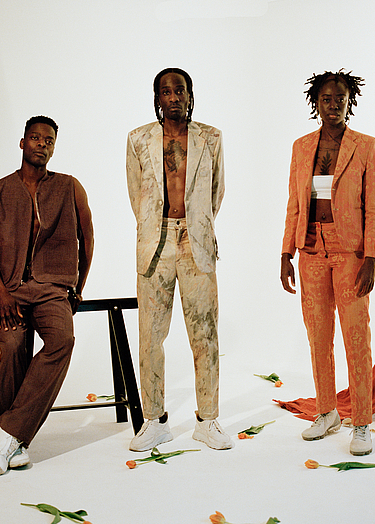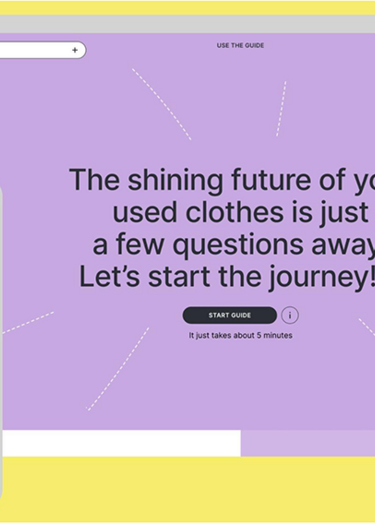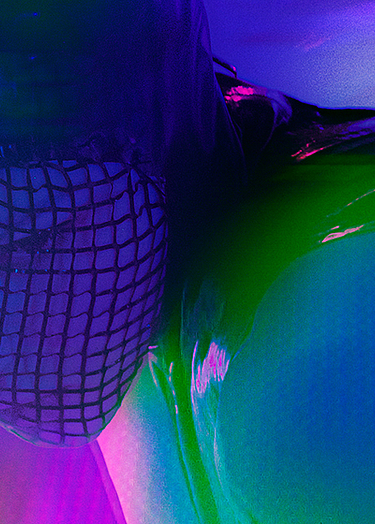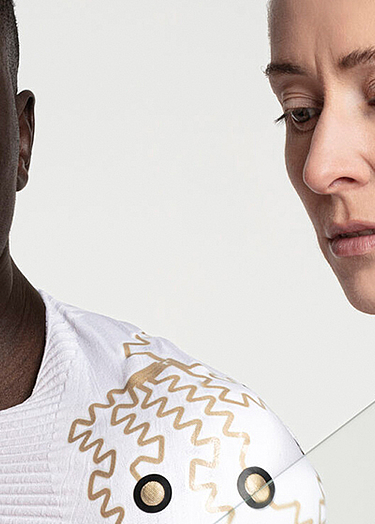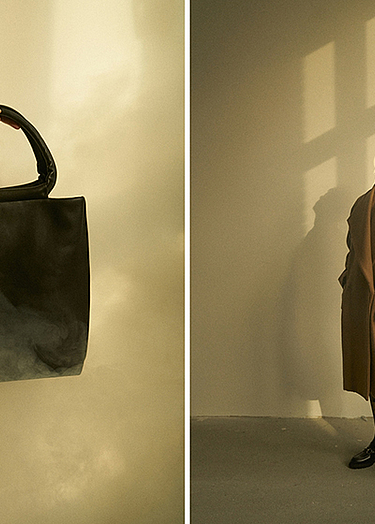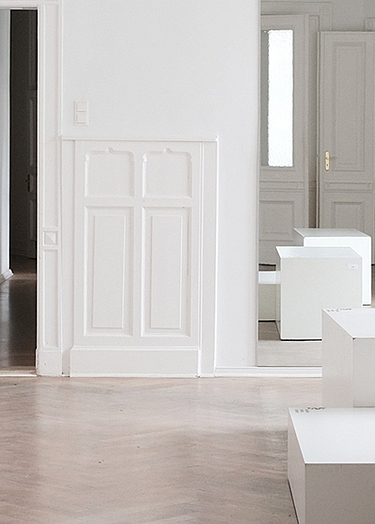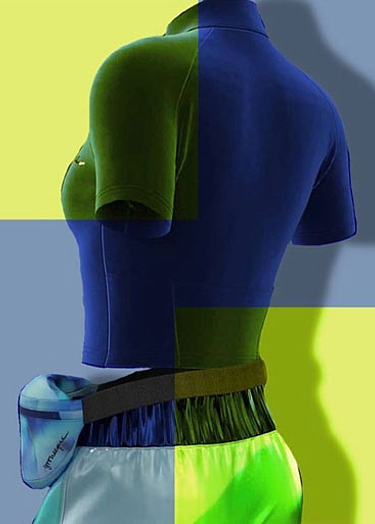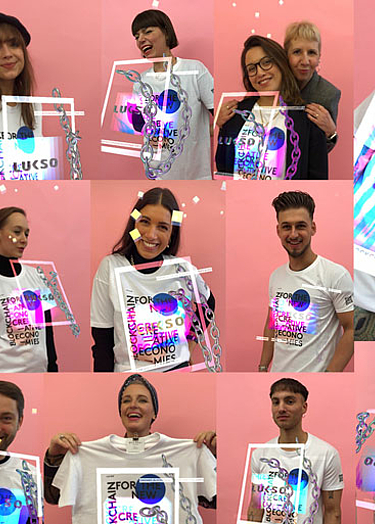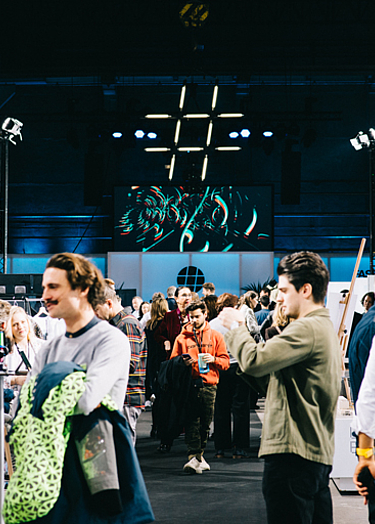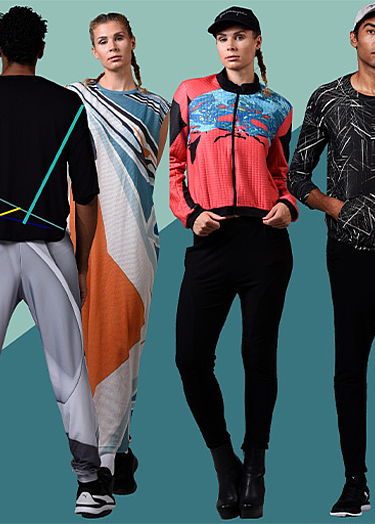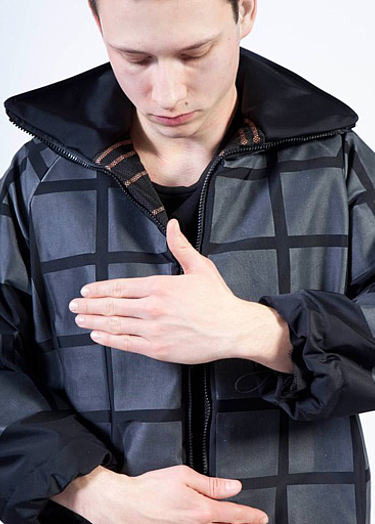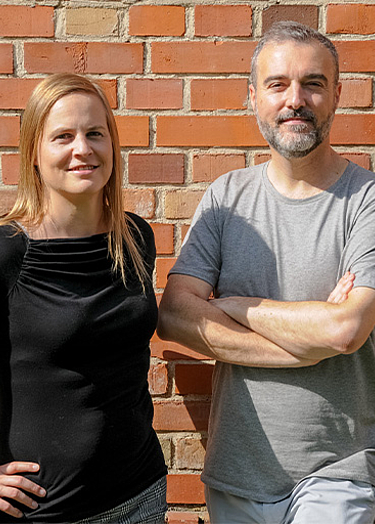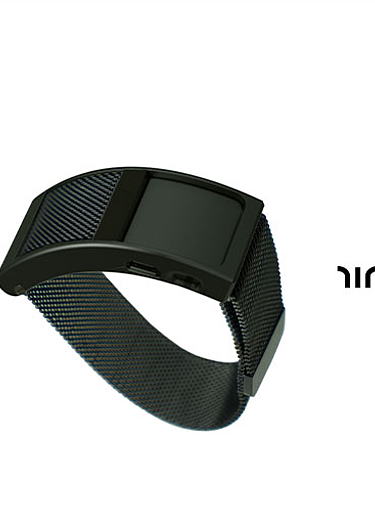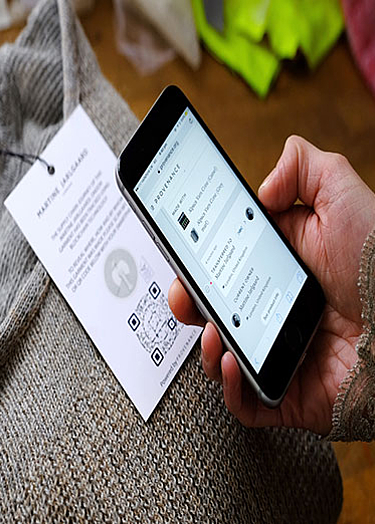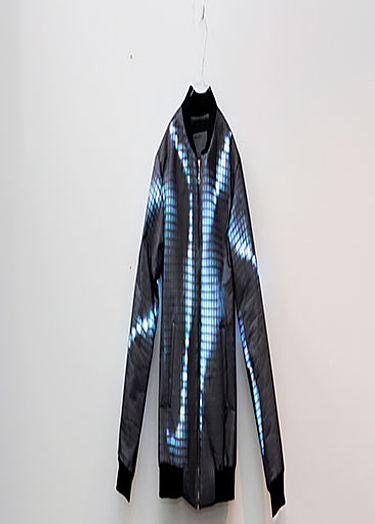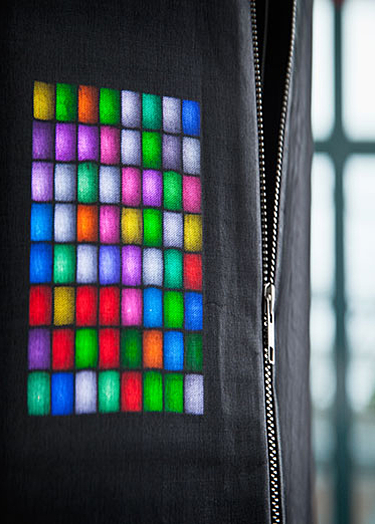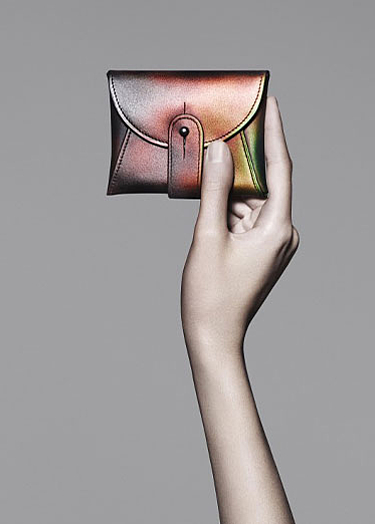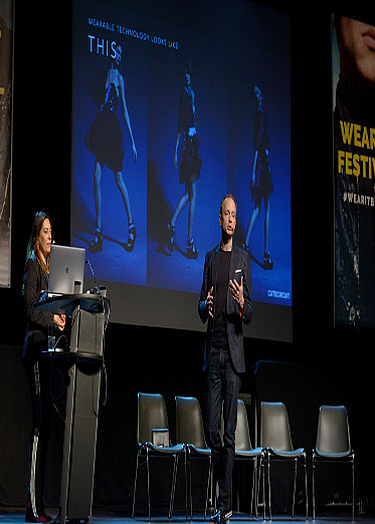Trend
Smart Navigation: These wearables lead the way

Whether lost in the urban jungle or somewhere in the middle of nowhere – with smart gadgets, it is much easier to find your way than it was in the times of printed maps. The fact that navigation is constantly making progress becomes evident when looking at the following wearables.
Navigation Wearables developed by the Berlin-based Design Research Lab
Navigation Hat with M2M Software
The ‘Navigation Hat’ was developed by Dr. phil. Katharina Bredies and Nicole Gütl as part of the Design Research Lab of the Berlin University of the Arts. The felt hat, while looking quite usual, has a sophisticated technology behind it. The hat has a lining on the inside that hosts the electronic parts that communicate with the software. A compass on top of the hat and a micro controller are used to exchange data with the app to ensure accurate navigation. Eight vibrating motors around the head indicate a direction. While on the go, the user is protected from the elements and can enjoy the walk in the city or countryside, without interacting with the phone.
Electronic Tracefinder: Sweater with embedded navigation feature
The ‘Electronic Tracefinder’ is another project developed by the two design researchers that is also based on the M2M Software. It is a tactile navigation device implemented in the shape of a sweater. The hood carries a small compass module and eight vibration motors around the neck and chest to determine the steering direction of the wearer. In the front of the sweater, there is a tricolor LED that can be used to give simple feedback to the wearer if he or she takes the wrong direction. Two pockets at the front serve as switches. The sweater can also be opened up on the seams under the arms and on the sides of the body and be used as a picnic blanket, once the destination has been reached.
Wegweisende Fahrradjacke Wearide
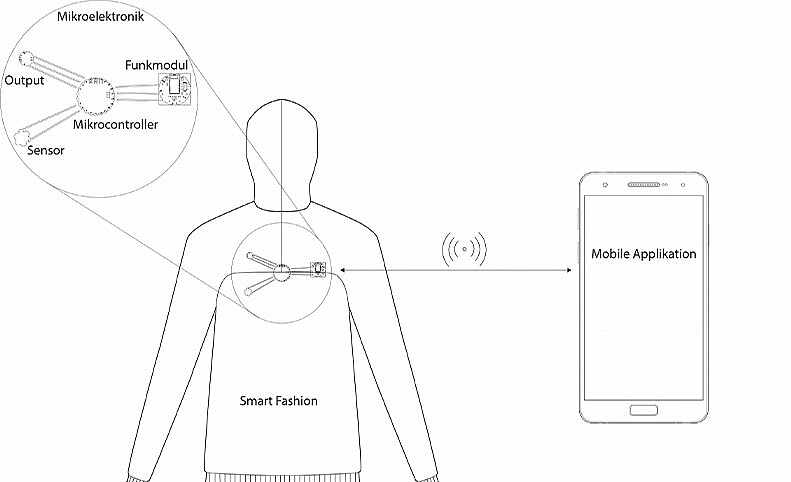
Another Design Research Lab project is by Friederike Fröbel and is part of her Master’s degree at Beuth University of Applied Sciences Berlin. With the name “Wearide”, she developed in collaboration with Bredies a prototype of a bicycle jacket, which sends signals to the sleeves to point the way. The destination has to be entered through an app before starting the journey.
“The LEDs integrated into the sleeves give you visual feedback on when the user has to turn into what direction to get to the entered destination. When turning, the user sticks outs his arm into the direction he’s headed. That’s how other road users can notice the change of direction coming up. The LEDs light up yellow, similar to a car indicator.” Fröbel explains.
Vibrating navigations wrist wearables
Wayband by Wear.Works
Wear.Works from the USA has developed two variations of the Wayband that are currently in the beta testing. The first version is the Wayband that helps the blind and visually impaired find their way. The second variation is the Wayband Sport. The motivation behind this idea was that the founders Keith Kirkland, Kevin Yoo and Yangyang Wang wanted visually impaired people to become more independent. The proof for successful implementation was given by Simon Wheatcroft, a blind runner, who was able to run the New York Marathon in 2017 using the Wayband. Wayband is a tactile navigation device implemented in the form of a bracelet. Users pair the Wayband with their smartphone app via Bluetooth and enter the destination. The app then sends signals to the bracelet. The band buzzes in a sort of Morse code and thus indicates direction.
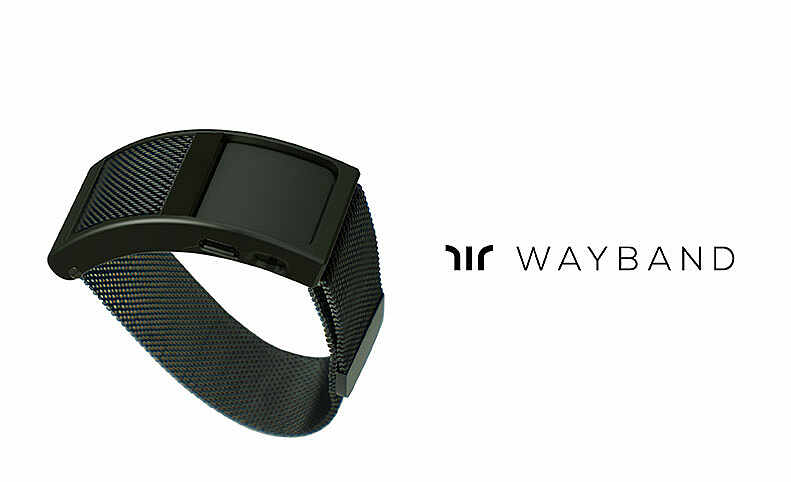
“Whilst the Wayband functions as an Assistive Tech and supports visually impaired or blind people, we consider it as more of a lifestyle-tech in other areas: whether it’s while riding a bicycle or when exploring new locations during travelling or any other given situation in which you won’t want to look at a screen!“, Ruby Hawliczek, Head of Business Development at WearWorks explains.
The Wayband is a bracelet which helps its wearers to navigate through the vibrations. The connection to the related app is made through Bluetooth. The destination has to be put into the app, which then sends signals to the bracelet, which then points out the right directions with vibration signals. The Startup WearWorks participated at the Start Alliance Programme by Berlin Partner, won the final pitch competition and is currently planning the opening of an office in Berlin.
Vibrace with embedded Microchip
Vibrace is a smart bracelet that made it into the finals of the Fashion Fusion Berlin 2018. It is a bracelet with two vibration motors, a Bluetooth connection and a small microchip. It is able to tell the user where he or she has to go just by giving a tactile feedback on the left side or the right side of his or her forearm. The bracelet is a accessory that finds the right way in every situation.
On smart soles: GPS Shoes “No Place like Home”
Dominic Wilcox has created the impressive ‘No Place Like Home’ GPS shoes. The design of the shoes take the best of traditional craftsmanship and enhance it with a subtle addition of modern technology in the form of embedded GPS in the heel and mini LED lights within the traditional brogue shoe hole perforations. The right shoe shows the distance to go, and the left shoe shows the direction. The desired destination is entered via a USB cable, while navigation itself is wireless.
"Feelspace": Navigation belt
‘FeelSpace’ is a belt that navigates the users safely. Whether you enjoy cycling or jogging, with this handy navigation belt you can just follow your gut feeling. Sixteen small vibration motors show you the right direction. Vibration in the centre of the belt indicate to the user to walk straight ahead, while vibrations on the left or right side indicate the corresponding direction. Vibration in the back shows the user that the direction is wrong. The belt communicates with the smartphone app via Bluetooth, and the app then sends the navigation information to the belt. Hands, eyes and ears remain free. FeelSpace consists of breathable material and is even invisible underneath your clothes.
The smart wearable haptic navigation devices can make everyday life much easier and show the innovative strength of young designers and developers. Navigation systems that use vibration also help the blind and visually impaired to quickly find their way in new surroundings. This way, the navigation systems are not only stylish gadgets, but also practical helpers in everyday life.
More information:
http://www.design-research-lab.org/projects/navigationhat/
http://www.design-research-lab.org/projects/electronic-tracefinder/
https://fashionfusion.telekom.com/program/navigation-bracelet/
